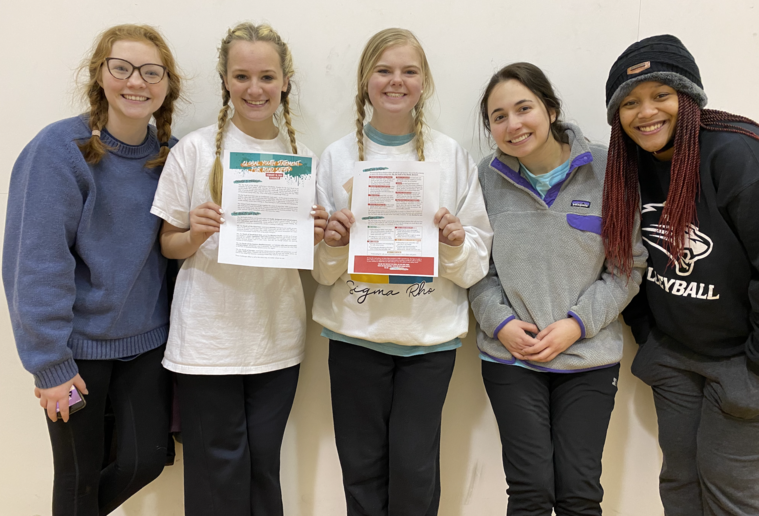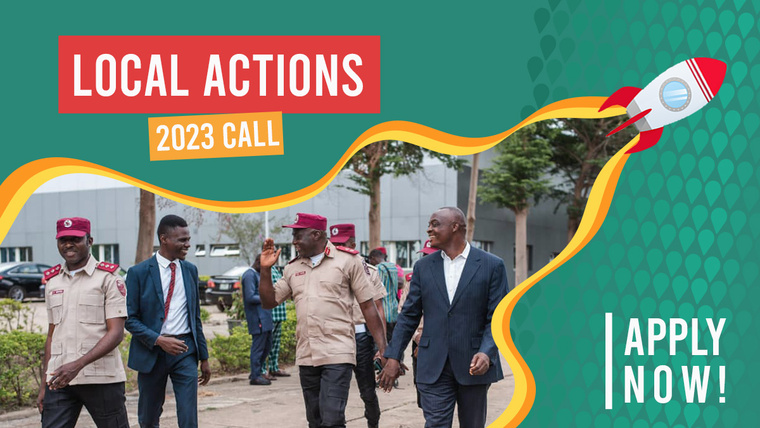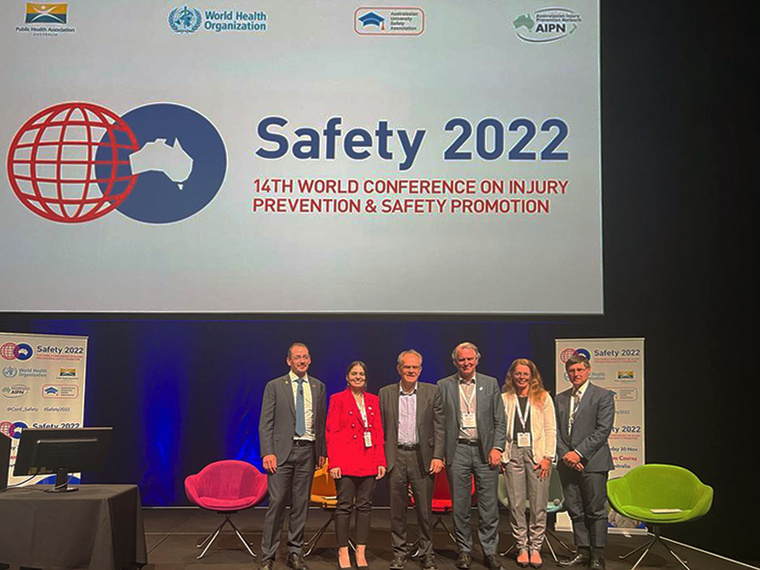
Youth Consultation Report 2022: Available NOW
From November 2020 to February 2022, the Global Youth Coalition for Road Safety invited young leaders worldwide to participate in a second round of our Youth Consultations to gather data on young people’s overall ideas and actions on road safety challenges in their communities. The second call resulted in 117 consultations that were participated by over 700 young leaders.
Our youth leaders were guided by our Youth Consultations toolkit which allowed them to design project ideas they could possibly implement in their communities. They mapped out relevant stakeholders that could act as partners to implement the suggested ideas.
During the consultations, our youth leaders discussed how their voices were heard and represented through the Youth Statement. They identified the main road safety challenges they faced in their communities and used them as guidance to design their project’s objectives and potential activities through an action plan template also in the toolkit.
After following the Youth Consultation toolkit, youth leaders were able to co-design a project safety plan and develop steps to potentially turn the ideas into concrete evidence-based projects.

From the consultations’ results, the Youth Coalition classified the most common project types; community mobilization, peer-to-peer engagement, infrastructure change, and advocacy. The predominant project-type recommendations fell under community mobilization because youth see a need to get more people involved in efforts to fight road traffic crashes as the biggest threat to the lives of young people.
These four project types are now reflected in the four main priorities for Local Actions 2023.
Other results of the consultations include a list of stakeholders and other key actors that would support youth leaders in realizing their projects and ensuring their impact locally. The stakeholders identified include; the government and public sector, academia, civil society, and youth.

While all the stakeholders were important, our young leaders saw some groups as less accessible than others. To address this issue, YOURS – Youth for Road Safety and FIA Foundation developed a Policymakers’ Toolkit that they can bring to decision-makers and policymakers so that they can systematically integrate meaningful youth participation in policy design and project implementation.
The Youth Consultations showcased how connecting youth with their peers and with other stakeholders is extremely relevant to realizing their road safety ideas. The results revealed that young people believe in uniting efforts with other organizations will largely influence concrete, tangible, and impactful outcomes around road safety and sustainable mobility.
Learn about the full list of results by downloading our report;
DOWNLOAD THE YOUTH CONSULTATIONS REPORT 2022
The Youth Consultations and its results are made possible with the support of our technical partner, the World Health Organization (WHO), our Programme Partners TotalEnergies Foundation and Michelin Corporate Foundation, and our Partner FIA Foundation.
From the consultations’ results, the Youth Coalition classified the most common project types; community mobilization, peer-to-peer engagement, infrastructure change, and advocacy. The predominant project-type recommendations fell under community mobilization because youth see a need to get more people involved in efforts to fight road traffic crashes as the biggest threat to the lives of young people.
These four project types are now reflected in the four main priorities for Local Actions 2023.
Other results of the consultations include a list of stakeholders and other key actors that would support youth leaders in realizing their projects and ensuring their impact locally. The stakeholders identified include; the government and public sector, academia, civil society, and youth.















